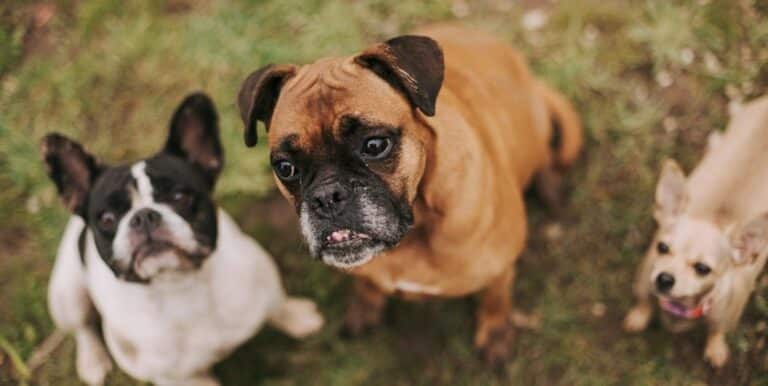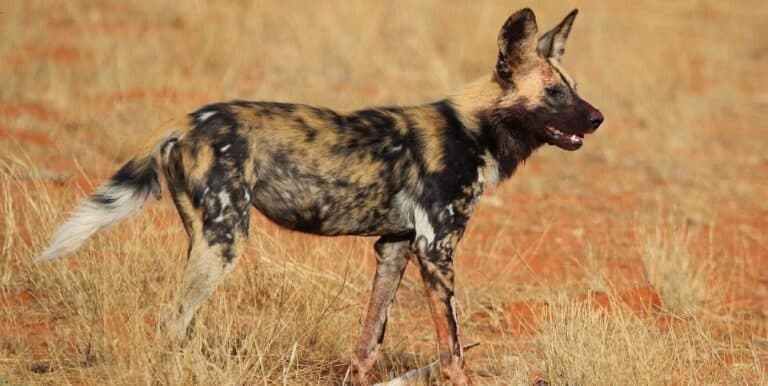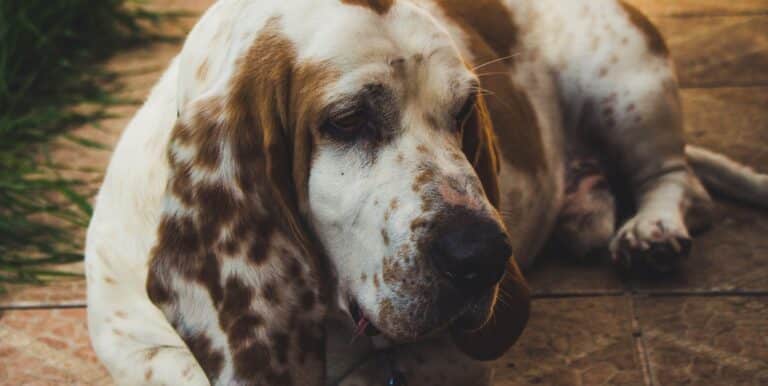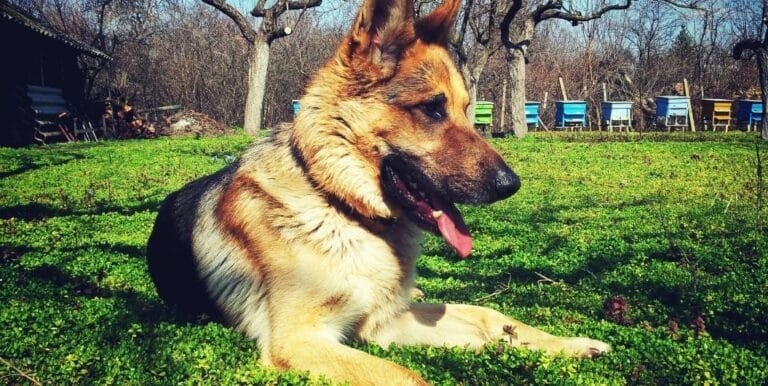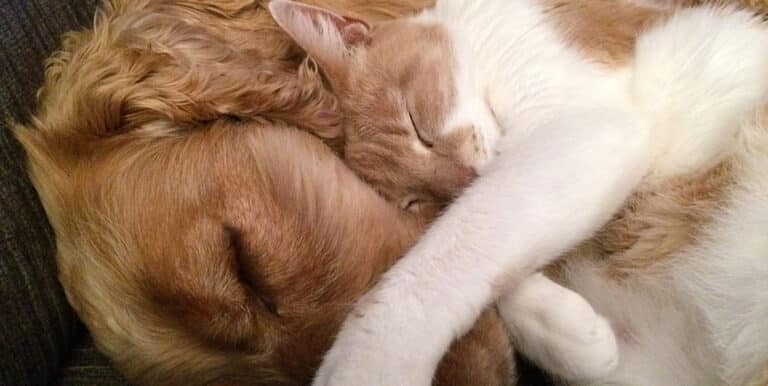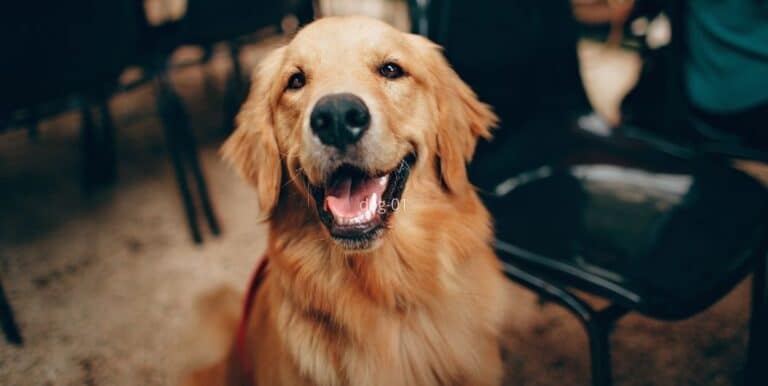What Are Some Types of Non-Shedding Dogs?
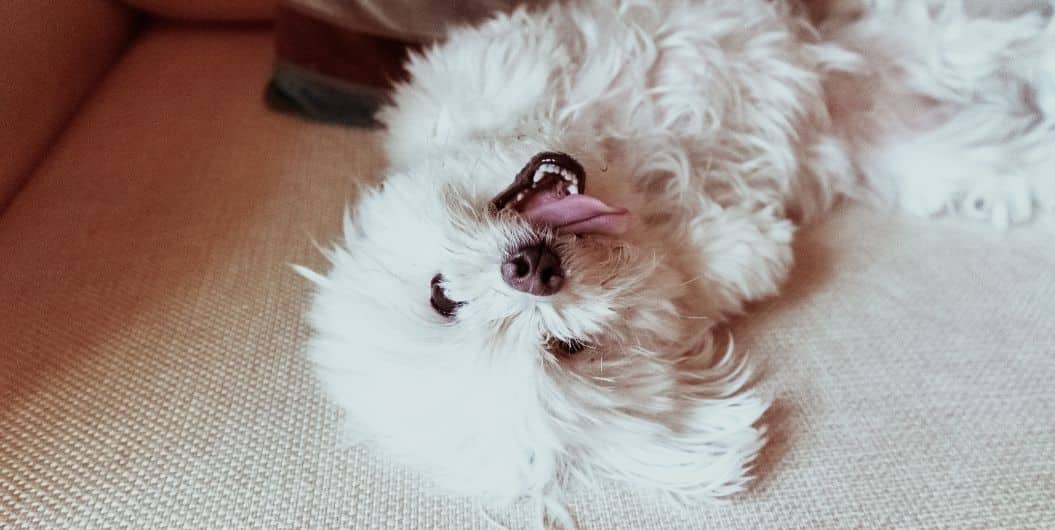
Non-shedding dogs, or hypoallergenic dogs tend to provoke fewer allergies, and may prove easier for the person with slight allergies to dogs, or who simply does not want to clean up dog hair all the time. The term “non-shedding” is actually something of a misnomer. Even though dogs are often called non-shedding, they may shed a little in cycles, or they may shed if they have skin or flea allergies. Most commonly you’ll note more shedding from non-shedding dogs if they have fleas, making flea control very important.
Non-shedding dogs don’t necessarily have easy care coats. In fact some have quite long coats like the Tibetan terrier, the Lhasa Apso, the Bichon Frise and the Maltese, which require daily grooming. Alternately, many of these non-shedding canines are pretty cute with a puppy cut, a short cut that helps keep mats from forming. If you like these breeds or others like them, a trip to the groomers for a haircut every few months can cost between 30-100 US dollars (USD).
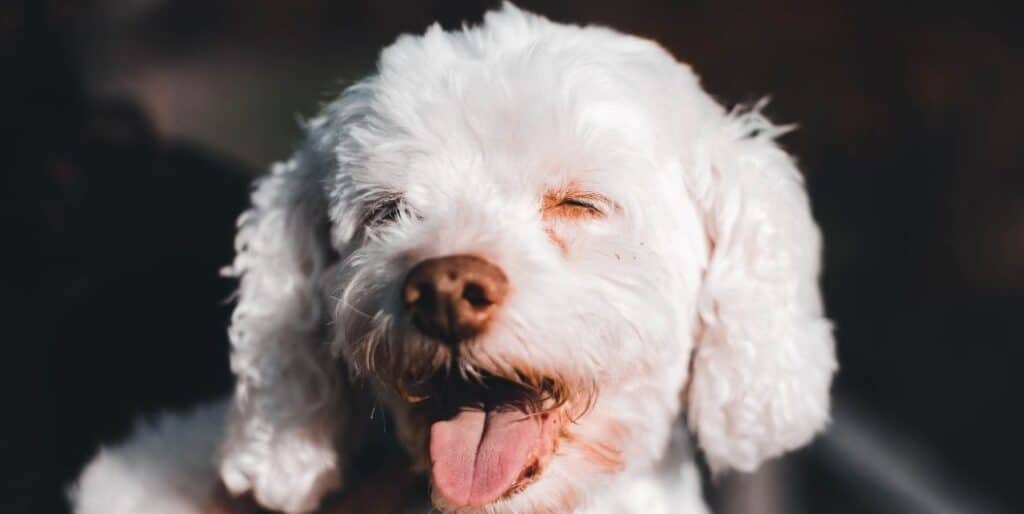
Other small dogs that are considered non-shedding include the Mini Schnauzer, toy and small Poodles, Havanese, the Shih Tzu, Norfolk and Norwich Terriers, West Highland White Terriers, Chinese Crested and Silky Terriers. In fact you’ll find that most dogs classed as terriers are considered either non-shedding dogs or low shed types. The exception tends to be the smooth coated terriers like the Jack Russell, Fox and Rat Terriers.
If you like a larger dog, a few breeds are considered to be non-shedding. These include the Greyhound, Wheaton Terrier, Basenji, Standard Poodle, Bouvier des Flandres, Standard Schnauzer, Portuguese Water Dog, Airedale and the Irish Water Spaniel. If you enjoy Labradors, you might consider a Labrador Poodle cross, called a labradoodle, which were specifically bred as non-shedding dogs.
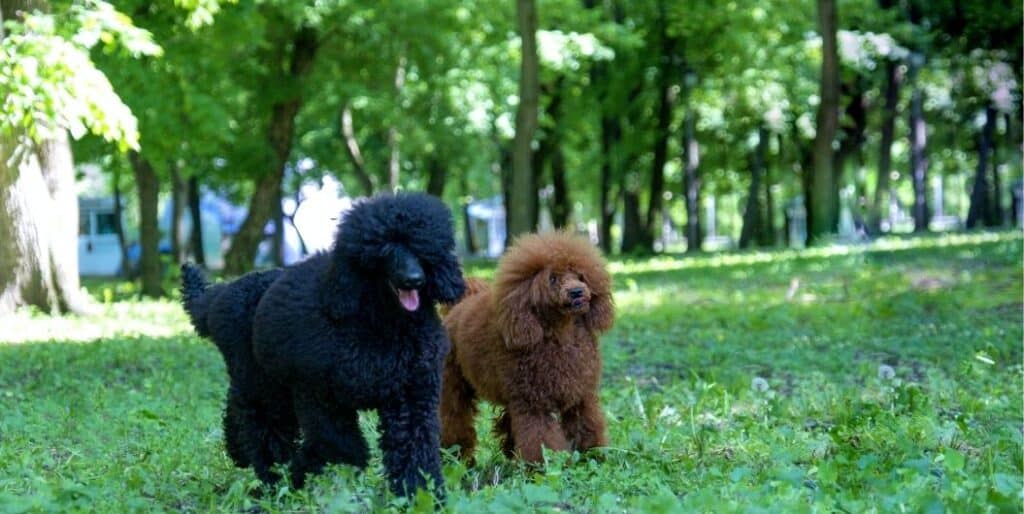
When you’re looking for non-shedding dogs or low shedding types, you can take a few general characteristics into account. Most dogs with wiry, very curly or stiff hair tend to shed very little and may require less coat care. Many dogs with multi-layered coats, like standard sheepdogs are not prone to much shedding. Finer haired dogs tend to shed much more than dogs with thick or coarse hair.
Even when you obtain a non-shedding canine, do expect the occasional shed. Some do this every spring or in early summer, and shed a slightly thicker winter coat. Poor coat care, and especially letting mats form in the hair can lead to more shedding.
If you truly believe you may be allergic to dogs, even hypoallergenic or non-shedding dogs may cause you problems. Most people are likely to be allergic to the dander (or flakes of skin) from the pet and not the hair. You might want to spend a couple of days with a dog and see if it gives you allergies, rather than purchasing or adopting a dog only to have to return it if allergies worsen.

